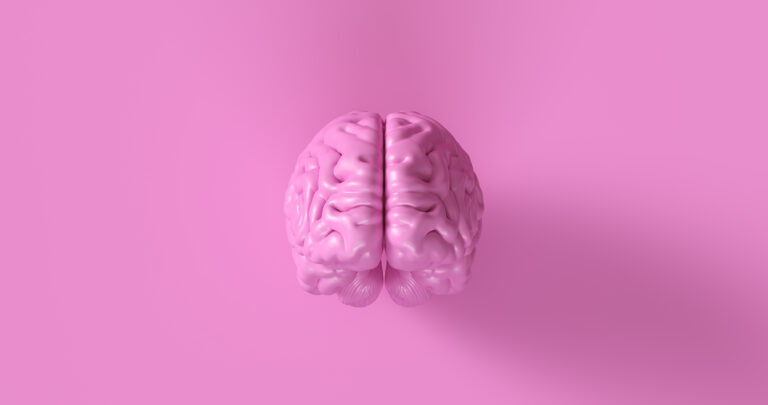As we age, our bodies go through a natural process of change. Our hair turns gray, our skin wrinkles, and our bones become more fragile. However, there is another type of change that can occur in the elderly population that is not as visible – neurocognitive disorders.
Neurocognitive disorders, also known as dementia, are a group of conditions that affect the brain and its ability to function properly. These disorders can cause problems with memory, thinking, and behavior, and they are most commonly seen in people over the age of 65. In fact, according to the World Health Organization, it is estimated that 50 million people worldwide are living with dementia, and this number is expected to triple by 2050.
Some of the more well-known neurocognitive disorders include Alzheimer’s disease, vascular dementia, and Lewy body dementia. While each of these disorders has its own specific characteristics and causes, they all share a common feature – they affect the brain’s cognitive abilities.
One of the main causes of neurocognitive disorders is age-related changes in the brain. As we get older, our brain cells (neurons) naturally begin to die off at a faster rate. This can lead to a decrease in brain mass and changes in the brain’s structure and function. These changes can result in a decline in cognitive abilities such as memory, language, and decision-making skills.
Another cause of neurocognitive disorders is damage to the brain’s blood vessels. This can happen due to conditions such as high blood pressure, diabetes, or strokes. When the blood vessels in the brain are damaged, it can restrict blood flow and oxygen supply to the brain, leading to cognitive impairment.
The symptoms of neurocognitive disorders can vary depending on the type and severity of the condition. Some common signs include memory loss, confusion, difficulty with language or communication, changes in mood or behavior, and difficulty with daily tasks. These symptoms can have a significant impact on the individual’s ability to function independently and can also greatly affect their quality of life.
Diagnosis of neurocognitive disorders can be challenging as there is no single test that can confirm the presence of the condition. Instead, doctors may use a combination of methods, including physical and neurological exams, cognitive tests, and brain imaging, to make a diagnosis.
Unfortunately, there is currently no cure for neurocognitive disorders. However, there are treatments available that can help manage the symptoms and slow down the progression of the disease. These treatments may include medication, therapy, and lifestyle changes such as a healthy diet and exercise.
Caring for someone with a neurocognitive disorder can be challenging both physically and emotionally. As the condition progresses, individuals may require assistance with daily activities such as bathing, dressing, and eating. It is essential to have a support system in place for both the individual and their caregiver to ensure they receive proper care and support.
Prevention of neurocognitive disorders is not entirely possible as age-related changes in the brain are natural. However, there are some steps that can be taken to reduce the risk of developing these conditions. These include maintaining a healthy lifestyle, managing chronic health conditions, staying socially active, and engaging in mentally stimulating activities.
In conclusion, neurocognitive disorders are a group of conditions that affect the brain’s cognitive abilities and are most commonly seen in the elderly population. While they cannot be cured, early diagnosis and management can greatly improve an individual’s quality of life. It is essential to stay informed about these conditions and seek medical help if any concerning symptoms arise. With proper care and support, individuals living with neurocognitive disorders can still lead fulfilling lives.





